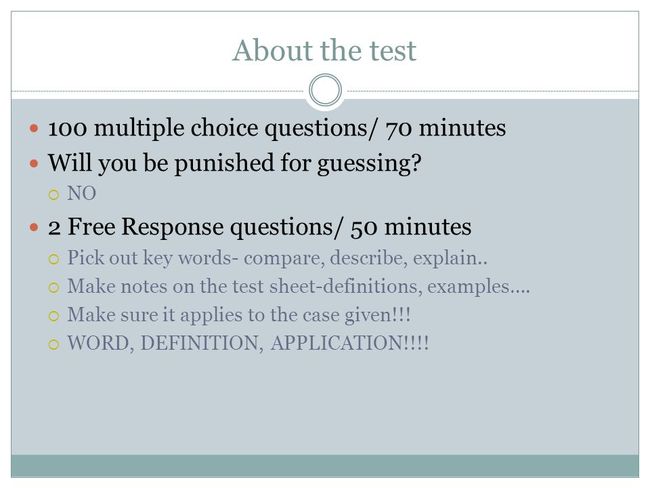- Additional Supportintensive English 1 Pdf
- Additional Supportintensive English 1 Answers
- Additional Supportintensive English 12
- Intensive English Language Program
This site was designed to store curated English units for easy access and use. Each unit includes the following items: Video – The video explains the topic of the unit, including definitions. Of important terms, and it provides practice questions along with answers. Support is provided to newly arrived students in primary schools, high schools and Intensive English Centres in order to develop their English language skills so that they are able to participate in learning with their peers in mainstream classes. Access to NAP support.
You’ll find authors use a variety of kinds of support as they develop their thoughts in a text. Here are a few categories of resources you might encounter in the body of your reading:
Exhibits
Shakespeare’s Sonnet 18, which might serve as an exhibit in a text
Exhibits are examples or excerpts from the object of study. Humanities (like English or religious studies) makes use of exhibits in the form of primary texts. For example, an article about Shakespeare’s sonnets would quote small sections of the poems. A text about Buddhism might quote English translations of the sutras (and perhaps the Sanskrit originals).
Exhibits can also include visual reproductions. A paper on Michelangelo might attach images of the paintings in the Sistine Chapel. A book about the Great Depression might use reproductions of photographs by the WPA. A study of the Jurassic period might provide photographs of dinosaur bones and excavation sites.

Exhibits allow readers to see the part of the text or the image that supports a claim. By themselves, they are not evidence. Only when the author explains how the image or text supports a reason does it become evidence. Communication systems.
Expert Testimony
Expert testimony includes quotations from scholars and summaries of previous research or scholarship. Expert testimony can reinforce an argument when readers will resist a claim; however, a quotation by an expert with similar claims is rarely sufficient as evidence on its own. Readers should expect an author to explain how that expert supports his or her argument. They will also want an author to reinforce the claim with evidence from other sources.

Before quoting an expert, an author must determine whether he or she counts as an authority. Just because someone has published an academic paper or book does not mean that, as a reader, you will believe that his theories are valid. In the sciences and social sciences, readers should expect expert testimony to be the most current research. Quoting a paper written even ten years ago may not be convincing expert testimony.
In the sciences, readers rarely expect direct quotations of secondary sources as evidence. Instead, science writers use summaries of previous research and the findings, or data, to support their own claims.
Interviews and Surveys
Interviews and surveys are often used as evidence in the social sciences. For example, a psychology paper might interview teachers and parents about their children’s gender identities and then observe the their children behave when playing. Quotations and detailed descriptions of an author’s observations count as evidence here.
Download Pappocom Sudoku for Windows to fun, challenging & addictive puzzle game. Return from Pappocom Sudoku to Sudoku game. Play the daily sudoku puzzle at thestar.com. It's the puzzle that inspired a craze. Visit the Star's Diversions page for sudoku and other interactive puzzles. From Pappocom: Sudoku - Fill in the grid so that every row, every column, and every 3x3 box contains the digits 1 through 9. Pappocom Sudoku 1.1. Papacom sudoku. Return from Pappocom Sudoku to Sudoku game. Play the daily sudoku puzzle at thestar.com. It's the puzzle that inspired a craze. Visit the Star's Diversions page for sudoku and other interactive puzzles. From Pappocom: Sudoku - Fill in the grid so that every row, every column, and every 3x3 box contains the digits 1 through 9. Pappocom Sudoku 1.1. Return from Pappocom Sudoku to Sudoku game. Play the daily sudoku puzzle at thestar.com. It's the puzzle that inspired a craze. Visit the Star's Diversions page for sudoku and other interactive puzzles. From Pappocom: Sudoku - Fill in the grid so that every row, every column, and every 3x3 box contains the digits 1 through 9. Pappocom Sudoku 1.1.
Results from a Dallas Morning News article survey relating to students and digital social networking.
Surveys are often mistaken for “facts” or used as “data.” While they look like statistics or “hard numbers,” surveys are created through interviews. Therefore, when seeing a survey as evidence, whether it is one an author created or one found through research, it is important for readers to question the method of the survey. Who were the participants? How were they selected? How were the questions phrased? Surveys are valid evidence in many disciplines, but they require explanation before the reader should trust the numbers.
In some texts, stories about the author’s personal experience may be appropriate. Personal anecdotes may be appropriate in some sociology or psychology papers, but only when accompanied by additional evidence. In some humanities writings, personal anecdotes are acceptable as a stylistic choice in the conclusion or introduction, but not as evidence in the body paragraphs.
Readers should not be persuaded by personal anecdotes if authors rely on them to support all claims, or they’re used to prove a controversial claim. Readers should ask whether an author’s personal experience represents a common occurrence, or one that just happened to that one person.
Ways to support children with English as an additional language

Additional Supportintensive English 1 Pdf
This is a challenge often faced by practitioners in early years settings and there are more and more children starting early years settings speaking different home languages. As well as it being difficult to communicate with these children it can also be difficult to use the necessary language monitoring tools set out in the setting.These results may show that these children are under achieving, however they may be fluent in their home language. This means creating parent partnerships is more important than ever to help gather as much formation about the child, to create effective next steps and to learn all you can about a child.
Often practitioner attitudes can be an issue in supporting children with English as they think that the children will not understand them, however it is more important to talk to these children to develop their English and communication skills. Children are very quick learners and will quickly pick up key English phrases and then rapidly develop. Often practitioners also believe that parent should be speaking English with their children at home to help them to understand and learn but studies have shown that parents should speak their home language with children so that they learn the correct language rules in one language and can fluently speak one language.
Luckily there are many options to ensuring these children get the support they need to develop through the early year’s foundation stage and it is important to remember that all these children may find it difficult to communicate using English.
The first step in ensuring these children are supported is to communicate with parents to learn about the child and to find out some key words from the child’s home language such as hello, goodbye, toilet, meal times and anything else you may consider helpful. These can then be used to help you to understand the child’s needs and will help them to understand certain parts of the daily routine. Using these key words will also show a child that you value their language, their backgrounds and will increase self esteem which in turn will lead to happy and confident learners.
Additional Supportintensive English 1 Answers

Another way we can support children who speak English as an additional language is through the use of widget symbols/ picture cards. A common tool for this is Communicate in print. These symbols or cards can be used in a variety of ways and can be a very effective way for practitioners to communicate with children and parents and also can be a way for children to communicate with practitioners depending on how you choose to use them.
One way to use these symbols is on a key ring which can be kept in a pocket or attached to trousers, these can then be changed and showed to the children when it is time to swap activities, these also clearly display golden rules so these can be shown to the children when you want to see a certain type of behaviour for example good sitting. These are effective because pictures display the same thing regardless of the language you speak.
You may choose to create a pack to give to the child so they can show you when they have certain needs or wants such as the toilet or a drink. This may ease frustration for the child and also enable the practitioner to offer the necessary support to the child.
Lastly you may choose to display these widgets somewhere the parents will see them such as a parent board as a way of practitioners communicating with parents about what their child has been up to during the day, this can be useful for not only parents who speak an additional language but also parents who are hard of hearing or are unable to read.
Another way to support a child with English as an additional language is by writing some words from their home language to go alongside some English words. An effective way of doing this is on display boards so whenever you title a display board in English also title it in children’s home languages as well. This again helps to communicate with parents and to help the children to feel valued and welcome. Another way is through ensuring books within the environment are not just written in English but also in children home languages so everyone can join in with reading books.

Additional Supportintensive English 12
It is important that all children feel that they are given the same equal opportunities are feel valued for who they are. Encouraging children to learn English whilst appreciating their home language is important to development in all areas and to gain confidence and become active learners. Using picture cards is an effective way of creating a two way communication between child and practitioner and even parent is used in a communal area. The environment also plays a large role in supporting all children so displaying print wherever possible will only strengthen and support development.
Intensive English Language Program
Related Posts:

